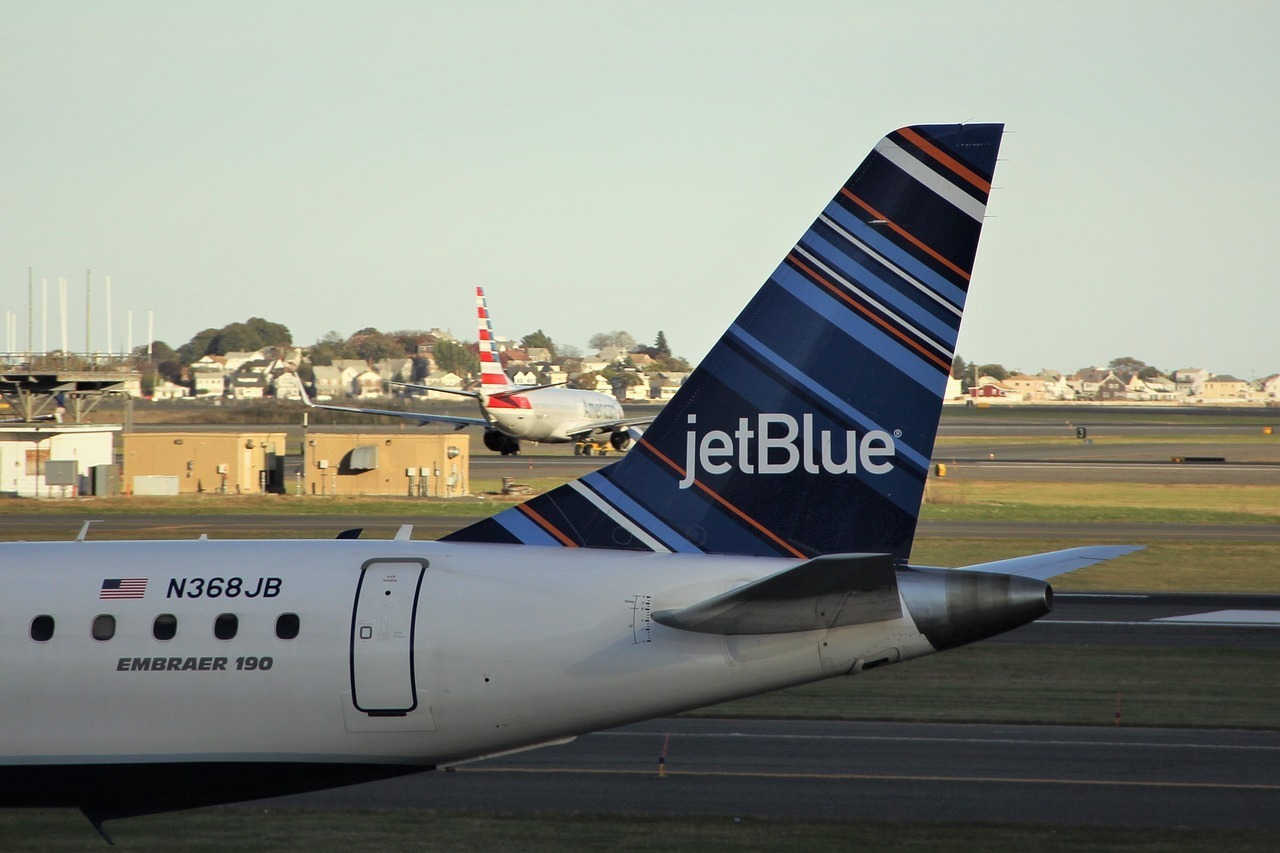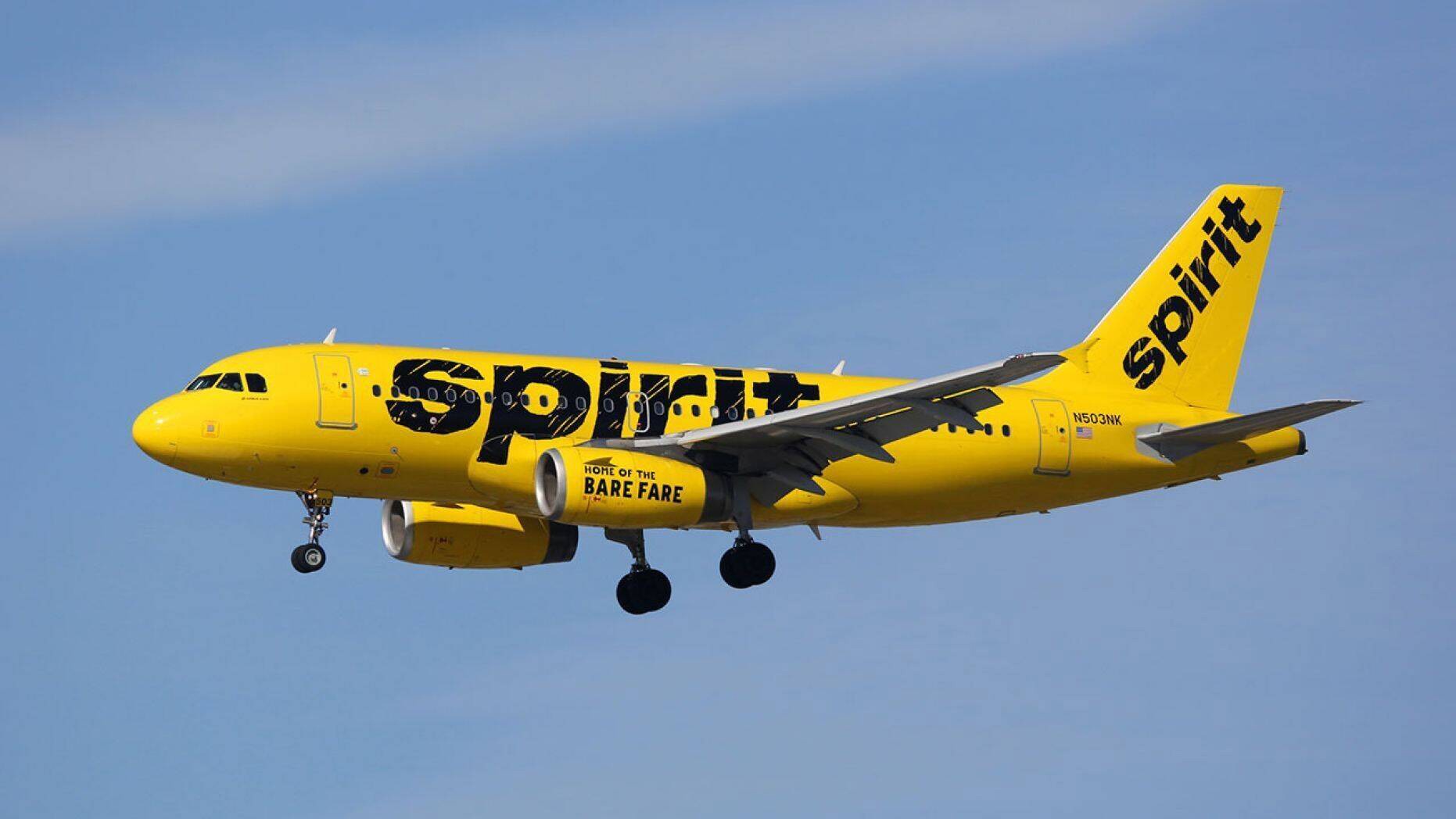Choices define our journey. United Airlines presents two paths for the ones on a budget—Basic Economy and Economy. Each offers a distinct experience, tailored to different needs and expectations. In this article, we delve into what each fare holds, the freedoms and limitations they possess, and how travelers can navigate these options to best suit their journeys.
Whether you seek the most economical flights through the skies or a journey with added comfort, understanding these choices is key. Here, we will unravel the nuances of United’s Basic and Economy fares, offering insights to guide you on your airborne journey.
United Economy vs Basic Economy, and What Do They Entail?
United Basic Economy
United Basic Economy stands as a testament to the airline’s commitment to affordability and accessibility. It’s a fare option designed for the cost-conscious, a no-frills journey stripped to its essence. This tier offers the fundamental aspects of air travel at a price point that invites a wider audience to take to the skies.
With United Basic Economy, passengers embark on their journeys with the essentials, basic economy fares that prioritize economic efficiency over luxury. While it opens the skies to more travelers, it does come with its set of constraints.
These restrictions are not mere limitations but a balance between affordability and the economics of air travel. They might include aspects that are standard with economy tickets – no seat selection, a slower boarding process, and strict luggage policies.
Bear in mind, that this fare is a nod to simplicity. It’s United’s way of saying that the skies are for all, and the joy of travel is not hindered by the weight of cost.
Here’s what you can expect to get:
- Seat selection: Extra cost, often beginning at a modest sum. Otherwise – automatic seat assignment, middle seat most likely.
- Boarding: Last, unless privileged by certain statuses or memberships.
- Miles and status: Earning MileagePlus miles and qualifying points, but not flights for elite status. You will earn award miles slower.
- Upgrades and in-flight: Upgrades are not available. Standard in-flight services remain.
- Changes and cancellations: Strictly no changes or cancellations after 24 hours of booking. No refunds or credits unless specific conditions are met.
It’s a bare-bones fare, fit for the sure-footed traveler, light on baggage, and steadfast in plans.
Regular Economy
On the other hand, United’s regular Economy offers a step towards more comfort, a nod to those who seek a little more from their journey. It’s for those who find value in the choices they can make, even in the air.
Here’s what stands out in premium Economy:
- Seat selection: Freedom to choose. No extra cost for this comfort.
- Boarding: Standard process. A smoother entry to the skies.
- Miles and Status: Full potential for earning miles and status credits.
- In-flight experience: Offers more options – more food, more comfort.
- Changes and cancellations: Flexible. Rebooking and refunds are available under certain conditions.
Economy is for those who weigh the worth of comfort against the cost, who look for a little ease in the confines of the standard economy seat or economy cabin itself. It’s a choice between the simple and the slightly more, each with its own place in the skies.
With that in mind, let’s take a look at the ticket prices of United Economy vs Basic Economy tickets.

As you can see from the ticket price below, this round-trip flight from Atlanta to New York can cost travelers just $156. For the upgrade, and, it is entirely up to you whether it is worth it, they will have to pay a whole lot more.
So before settling for the ticket, it might be good to compare the United Economy vs Basic Economy tickets, head to head.
The Reality Of The Carry-On Restrictions:
Once again, we have to compare the United Economy vs Basic Economy fares in terms of their restrictions when it comes to carry-ons. In terms of Basic Economy:
- Personal item only: In Basic Economy, you travel with just the essentials. A small item, snug under the seat. Size is key: 9x10x17 inches. No more.
- Full-size carry-ons: A rarity here and available only on flights spanning oceans to South America, across the Atlantic, or the Pacific. Elsewhere, this luxury is barred.
- Gate check fees: Bring a bag too big, and it’s checked, with a fee. The standard cost, plus $25 more.
- MileagePlus members’ privilege: For those with Premier status or the right card, a carry-on is allowed, even in Basic Economy.
And then, regular Economy:
- Carry-on and personal item: More freedom. A full-sized carry-on, alongside your personal item. Dimensions matter: 56x35x23cm for the bigger one.
- The Regular Traveler’s Space: Space for the extra bits, the pieces of home or need.
Check-In Limitations and Seat Selection Fees
When traveling with United Economy Basic, you return to tradition: face the counter, and stand in line, an experience untethered to digital ease.
Seats are assigned at random, and you have no voice in their selection. However, a fee for a preferred seat can seal the deal.
Boarding unfolds as a final act, Basic Economy passengers will have to step last across the threshold, except for those adorned with elite status or club memberships, who may bypass this.
Baggage is a tale of two simple rules: Trans-oceanic journeys mirror the allowances of higher fares, while domestic flights limit travelers to a mere personal item unless a status or card dictates a loftier privilege.
When it comes to refunds and cancelations, they are not available except for a brief 24-hour window post-booking. The ticket, once acquired, becomes an unalterable pact, a commitment to a set journey.
Aboard, the experience parallels that of standard Economy, yet the intangible benefits – the accrual of miles, the pursuit of status – are, of course, lessened.
Routes with Basic Economy
United Airlines provides air travel to an array of sought-after locations. Among these destinations are key urban centers and vacation hotspots such as Boston, Denver, Fort Lauderdale, Honolulu, Houston, Las Vegas, Los Angeles, Newark, New York City, Orlando, San Diego, San Francisco, Seattle, and Washington, D.C.
This selection represents a diverse range of American cities, each presenting unique opportunities ranging from seaside relaxation to vibrant city adventures.
For more detailed information on specific routes United flights and travel options with United Airlines, you can visit their official website and discover the prices of these tickets as well.

Strategies to Improve the Basic Economy United Experience:
When it comes to enjoying the best budget experience on a flight, United is second to none. However, that does not mean that you can take a step further and ensure you are getting the most out of everything.
Here are some tips you can add to your strategy:
- Credit cards: Utilize a United Airlines-affiliated credit card. These cards often offer benefits that can mitigate some Basic Economy restrictions, such as priority boarding or free checked bags.
- Packing smart: Since Basic Economy typically restricts you to one small personal item, packing efficiently is key. Optimize space and consider versatile clothing and compact toiletries.
- Check-in strategy: Remember that online check-in might not be available for Basic Economy without a checked bag. Arrive at the airport with enough time to handle check-in and any potential baggage size checks.
- Seat selection: While you can’t select a seat for free, checking in as early as possible might give you a better chance at a preferable seat assignment.
- Elite status: If you have any form of elite status or are part of a frequent flyer program, check if any of your benefits can apply even with a Basic Economy ticket.
- Upgrades: If you’re willing to pay extra, consider upgrading your ticket post-booking to add benefits like seat selection or carry-on baggage.
To avoid getting stuck in a middle seat on a United Airlines flight and to make your own seat journey more comfortable, consider the following strategies:
- Book early: Reserve your flight as far in advance as possible. The earlier you book, the better your chances are of securing an aisle or window seat. You can book up to 330 days in advance, and fares are generally cheaper the earlier you book.
- Select the right airline and aircraft: Some aircraft have configurations with fewer middle seats. For example, the Airbus A220, used by some airlines, has a 2-3 seat layout in economy, reducing the number of middle seats. Additionally, regional jets like the Bombardier CRJ700/900 and Embraer 170/175 have a 2-2 layout.
- Purchase directly from the airline: Booking your ticket directly through the airline often allows more flexibility in seat selection without additional fees.
- Check-in early: Online check-in usually opens 24 to 72 hours before the flight. Checking in as soon as it opens can give you access to more seat options, including seats that may have been reserved for frequent flyers but were released just before check-in.
- Consider upgrading: An upgrade to Economy Plus or a similar fare class can often be obtained for a reasonable fee, offering not only more legroom but also a better chance of avoiding a middle seat.
- Monitor seat maps: Keep an eye on the seat map in the last 24 hours before your flight. As frequent flyers are upgraded, desirable seats may become available.
- Ask at the gate: If you’re still stuck with a middle seat, ask the gate agent if there are any available aisle or window seats. They might be able to help you out, especially if you arrive early.
- Be polite and patient: Sometimes, being friendly and polite to the airline staff can go a long way in getting a better seat, especially if you’re willing to wait until closer to the departure time when the seating situation is clearer.
- Use frequent flyer status: If you have elite status with the airline, make sure it’s linked to your booking. This can sometimes give you access to better seats.
Remember, while these tips can improve your chances of avoiding a middle seat, there are no guarantees. Flexibility and politeness can often be your best tools.
Conclusion
United’s Basic Economy is a fare for those who travel light and fast. It’s a bare-bones flight, stripped of frills, yet capable of getting you to the desired destination.
You are free to bring a carry-on bag and, nothing more. In addition to that, bear in mind that it’s highly likely that you will get a middle seat.
In contrast, the standard Economy, a step above, offers more – a space for your bag overhead, extra legroom, a choice of where to sit, and a chance at comfort. It’s about the small luxuries, a little more room, a bit more say in your journey.
Whether you decide to fly United basic economy or regular, the skies are open to all. The choice, a balance of cost and comfort, lies in your hands. It’s a matter of what you value on your journey through the air.
United spreads its wings wide, with international flights covering cities and experiences diverse and rich. Each route, a different story, a new adventure, beckoning travelers of all kinds.
And for those in the Basic or Economy class, navigate wisely. Use the tools at hand – credit cards with perks, early bookings, seat checks, and polite inquiries. Move smartly, pack lightly leverage the free carry-on luggage only benefit, and choose carefully. In these small decisions, find your path to a better journey.
In the end, it’s about the journey, the movement from one place to another, and the stories we weave along the way. Whether in the simplicity of Basic Economy or the added comfort of Economy, the sky calls to us all.
Stop overpaying for travel!
Get cheap flight deals emailed straight to your inbox and save up to 90% on your next trip.




